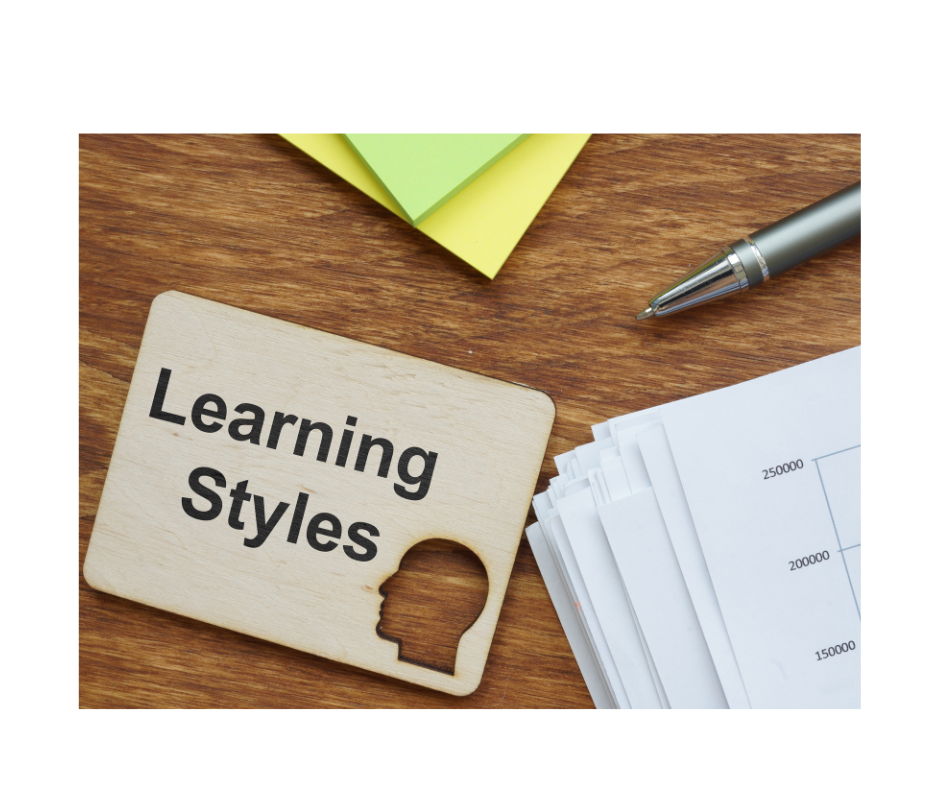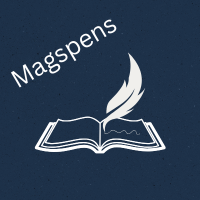Learning Styles 5 Min Read

Frances Maguire
Frances has worked in education for 25 years. Specialising in Early Years, she has just completed a Masters in Education at Chichester University. Frances works in Hampshire teaching in Reception and KS1 classes. Frances has also taught adult education, Early Years Level 3 courses to the aspiring childcare workforce.
Learning Styles.
For years, learning styles—visual, auditory, kinesthetic—dominated discussions on how we absorb information best. Recently, however, many experts have dismissed them as outdated, pointing to a lack of scientific backing. But should we completely abandon the concept, or is there still value in understanding individual preferences when it comes to learning? In this post, we’ll explore whether learning styles deserve a second look and how they might still inform effective education strategies.

Rethinking Learning Styles.
I have a preferred learning style. Not unique in any way. I am a visual learner. When I watch something being demonstrated by videos or live or using diagrams, I learn more quickly and deeply in the sense I remember, recall and then teach others. This is not to say I do not learn using other methods, of course I do, we all do. Visual is just my preference.
History Of Learning Styles.
The theory was proposed by Kolb, Gardner and Fleming back in the 1970’s and 80’s (Main, 2022) Click here. The theory supports the view that when a person takes in new information, it will be understood and absorbed because it appeals directly to that persons learning style preference. Take a look below at the definitions. You may see one that you feel is suited to you.
Types Of Learning Styles.
1. Visual Learners: Visual learners prefer to process information through images, diagrams and charts because they grasp concepts more effectively when presented with visual aids or videos.
2. Auditory Learners: Auditory learners thrive on listening and speaking. They comprehend information best through discussions, lectures, and other auditory stimuli.
3. Reading/Writing Learners: Reading/writing learners prefer written communication. They grasp concepts through reading materials, taking notes, and engaging in written exercises.
4. Kinesthetic Learners: Kinesthetic learners learn through physical experiences and hands-on activities. They understand and retain information more effectively when they can engage their sense of touch and movement.
In the past, learning styles provided a longstanding guide for parents and teachers aiming to tailor and personalise educational approaches to individuals. More recently, educational theorists have questioned whether teachers should consider learning styles when planning lessons in schools.
How To Help In School.
Learning Styles to aid learning in schools.
The idea behind learning styles was that teachers and parents could embrace which style the children they educated preferred, optimising educational achievement for children. In the past, the learning styles theory was so highly regarded that teachers were held accountable for how they addressed the individual learning styles of the 30 children in their classes. Therefore, this placed significant pressure on educators to tailor their teaching methods accordingly. This was because Ofsted wanted to see child centred individualised lesson planning. However, In Brief (2011) argues that “one single teaching style does not work for every student or even most students all of the time.”
I once had a child tell me, “I can’t do this work, I’m a kinesthetic learner”. The pressure was real from all sides. This of course was, in my opinion, a completely unrealistic expectation of the teaching profession.

No one has disproved the theory of learning styles!
After several years of insisting the learning styles theory needed to be taken into account when planning lessons, the education authorities discovered, that there was no actual scientific evidence to support this theory. Educators sidelined the theory for other teaching practices that come in and out of favour depending on the government in power. For instance, blended learning and collaborative learning.
However, I argue, there is no scientific evidence to disprove the theory of learning styles either. Discarding this notion entirely therefore, seems an unfortunate reaction. I recently surveyed adult students at a further education college. They had all heard of the theory with 70% definitely feeling they had preferences to a particular learning style. In discussions they said they felt relaxed when learning in a certain way. Perhaps this helped their enjoyment and therefore helped them to be more engaged. Learning is complex and has many factors. Within this, I believe individual learning preferences do play their part.

Moving Forward with preferred learning styles and teaching methods.
Today schools are diverse. There are children in UK schools from different countries and cultures. Children face additional challenges and needs which can make learning very difficult for them. Each child is unique and will have learning styles that are suited to them. Expecting an individualised approach in every lesson is unrealistic, nevertheless, a good mix of activities should be provided, and individual preferences respected where possible. For example, ideas include,
- Diverse Teaching Approaches: Employ a mix of teaching methods, including visuals, discussions, and hands-on activities.
- Flexible Learning Materials: Offer varied learning materials, allowing students to choose formats aligned with their preferences.
- Personalised Learning: Recognise and accommodate individual learning styles through educational health plans and discussions between parent and teacher
- Technology Integration: Use technology for interactive and engaging learning experiences.
- Collaborative Learning: Encourage group work to support auditory and kinesthetic learners.
- Clear Communication: Convey information through written, verbal, and visual means for better understanding.
- Accommodations for Additional Needs: Implement necessary adaptions, including assistive technologies.
- Active Participation: Foster an inclusive environment with diverse ways for students to express understanding.
- Regular Feedback: Provide constructive feedback tailored to individual children.
- Cultural Sensitivity: Be aware of cultural differences and adapt teaching methods accordingly.

Leave a comment if you have a preferred learning style. If learning something new how do you use your learning style to help?

